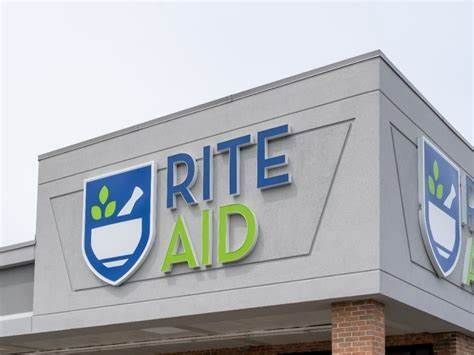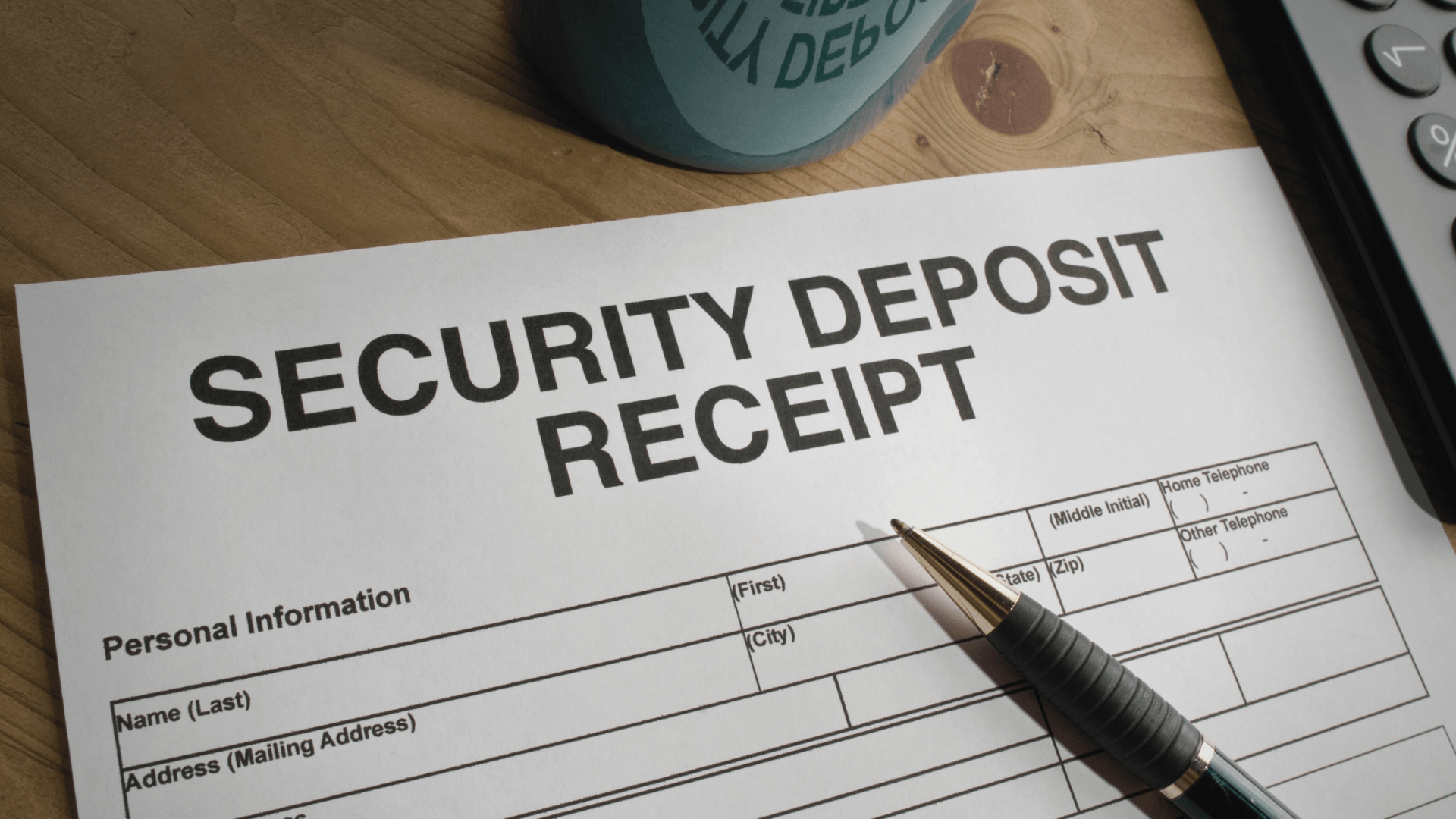For any landlord or property management company, you never know when the next phone call you receive will bring news of some emergency that needs to be handled right away. Just the thought of that happening can evoke a sense of anxiety.
Still, with the proper preparation and basic understanding of what to do next, your real estate investment will be much more enjoyable to operate.
In this article, we will look at three nightmare scenarios that you may likely come across. We’ll assume that (for the most part) your emergency procedures and routine maintenance are in place. Also, we will focus more on what steps you need to take once the dust settles in order to get your property back up and running like normal.
A TENANT DESTROYS YOUR APARTMENT
Perhaps you have heard someone say they were once a landlord but will never do it again. Maybe they had a nightmare situation with an angry tenant that left their apartment in disastrous condition. It is bound to happen, at least once, to just about every landlord or property manager.
Of course, the first way to prevent this from happening is to properly screen applicants before they become tenants and to do your due diligence to spot a less-than-desirable track record of income, credit, or rental experience. But let’s say it’s already too late and (like we experienced with one apartment in the city of Long Beach) you walk into your apartment, ready for your move-out inspection, when you find holes in the walls, purposely clogged drains, spilled litter boxes, and mysterious stains everywhere. What are your next steps?
1. Document With Photos and Videos
The first and perhaps most important thing to do is to document everything with photos and videos. Be sure to get wide-angle shots of the damage with a quality camera (on your phone or otherwise) so that you can show the entire context of the unit. It also helps if your camera allows you to zoom in on specific areas. Take close-up photos/videos of particular areas that highlight the severity of the damage.
Having proper documentation before you do any repairs will allow you to justify the use of the tenant’s security deposit, as well as give you ample evidence to be used in small claims court. This works even better if you also have quality documentation of the space's condition before the tenant moved in.
2. Start The Repairs and Create an Itemized List
Once everything has been documented, the next step is to simply get to work with the repairs, using professional vendors. The financial side of things will be worked out as you go, but you will want to make sure you can get your unit back to rentable condition (and ready for the next tenant) as soon as possible.
It’s a good idea to gather a couple of bids from different vendors for each job. Also, be sure to obtain a detailed and itemized list of all things that get repaired. This list will further help your case when it comes to utilizing the security deposit and pursuing damages. Also, remember that you need to give the tenant a notice about how their security deposit was used, within 21 days.
3. Contact The Police and Your Insurance Agent
In the event that the tenant has stolen items that belong to the apartment, or you simply plan on taking them to small claims court, you will need to file a police report.
You may also want to contact your insurance agent to ask about filing an insurance claim. This may end up increasing your annual premium, so find out from your agent how much that will be, in order to decide if it is worth it for you.
4. Small Claims Court
Another legal action you can take is to open a case with small claims court. You may be able to obtain a judgment against the tenant to compensate you for the cost of repairs. Just remember that, with things like carpets and paint, you are only entitled to the value of those items, minus depreciation.
Also bear in mind that, if a tenant purposely left your unit in terrible condition upon moving out, it may be the case that they have no intention (or ability) to pay for damages, even if you do win in court. Because of this, some landlords suggest skipping this process all-together in order to simply avoid the headache and stress. If you do pursue a case, you’ll want to contact a collections agency that will take on the work of pursuing the damages.
FIRE CAUSES DAMAGE
Another nightmare scenario is when a fire causes damage to your property. Common culprits are stovetops, heating equipment, bad electrical wiring, candles, and grills. This section will focus on damage to a single unit (applies to both commercial and residential), as opposed to a major fire that affects the entire building. After a fire occurred and been extinguished at your property, how should you handle the situation as a property manager or landlord?
- Notify All of Your Tenants About the Situation
- First things first, you’ll want to notify all of your tenants about the situation, so that they will be aware of what’s happening, even if they were not present when the fire started.
- Inspect the Damage
- Once it is safe to do so (or after you’ve been given the okay by the fire department), you should give the property a thorough inspection to determine the extent of the damage. As before, take photos and video in order to document the damage as thoroughly as possible. This will help you substantiate your claim with the insurance provider.
- Find The Cause of the Fire
- It is important that you know what the root cause of the fire was and who is at fault. You can do this by working with the fire department, speaking with the tenants, and obtaining an official report from the fire marshal.
- Contact the Insurance Company
- If your tenant was responsible for the fire, their renter’s insurance will likely cover most of the costs. If they don’t have this, you can seek compensation from them directly. If you are found liable, your property insurance will cover the damages. This is why it is very important for landlords to have the right insurance. You can read more about this in an article we have posted on our website titled, “Insurance That Every Investor Should Consider for Multi-Family Properties.”
- Begin utilizing your property insurance and filing your claim with your provider. They will typically send an investigator or adjuster to estimate the total value of the damage.
- Arrange for Temporary Housing for the Occupants
- In the case of residential units that are uninhabitable after the fire, the tenant will need a place to stay. A good insurance policy will have a provision for temporary housing in the case of a fire, so find out how much of the housing expenses it will cover. If the tenants are responsible for the fire, then they will still owe you rent for the property, even if it is uninhabitable.
- Contact A Fire Damage Restoration Company to Start Picking Up The Pieces
- Your insurer can help you find a local fire restoration company that can help mitigate any smoke damage, rebuild as necessary, and ensure that it’s safe for tenants once again. You may need to have your property inspected and certified for safe use.
MAJOR LEAKS OR MINOR FLOODING
Although water damage can stem from nightmares as big as entire weather-related floods, this section is going to focus on the less-catastrophic-but-still-disastrous event of major leaks or water damage within a specific unit.
Water damages everything from personal belongings to flooring. It’s also unique in the way that it can lead to larger problems down the road, due to issues such as mold. The longer things stay wet, the more damage you have to deal with, so working quickly to address the issue is vital.
Not long ago, a tenant on the second floor caused a toilet to back up and flood their restroom and hallway. Unfortunately, the tenant had gone back to sleep while this was happening, and so that water had hours to work its way through the floors and walls, into a neighbor’s garage and another neighbor’s bedroom, down below. If a major water leak such as this has occurred at your property, here’s what to do next:
1. Identify the Source of the Flooding
The first step is to make sure the source of the water is shut off. If water is coming from a singular source that has its own shut-off valve (such as a toilet or by the water heater), the water can be cut off at that point without affecting the rest of the building. If you haven’t yet identified where the leak is coming from, you may want to shut off the water for the building.
2. Assess and Document the Damage
There is a pattern here, and that is that thorough documentation through photos and/or video is your friend. Record plenty of information with the date, time, and notes of the damage, so that justifying your claims later will be much easier.
3. Notify Nearby Tenants
It’s a good idea to let the other tenants in the building know what is happening, particularly because water has a way of finding even the smallest openings and running across long distances within floors and walls. Since you want to prevent the possibility of sitting water as much as possible, you will want your tenants to be on the lookout for small leaks that appear in their units as well.
4. Plan Your Next Steps for Repair and Remediation
5. In our example, water had made its way down into another tenant's garage, which contained a large number of personal belongings. Of course, the tenant’s renter’s insurance should be responsible for covering the cost of any damaged items, but management also helped them to procure a large temporary storage unit. The cost of this unit could later be covered by the renter’s insurance, but it was in the management and tenant’s best interest to quickly utilize the unit to move out all the items from the garage, so that repairs could be made and moisture could be removed.
Once the apartment flood has been contained, you will need to work with the tenants and any necessary vendors to plan and schedule the work that needs to be done. For the apartment downstairs, a water damage restoration company was hired to remove the wet carpet, bring in a few heavy-duty drying/de-humidifying equipment, and address damaged walls. Once the repairs are done, you’ll also likely need professional cleaning to restore your unit.
1. Contact Your Insurance Company
2. Most property insurance should cover damage from water and flood, though if the damage was caused by the tenant, much of the associated costs may be handed over to them. This can include the costs of repair, as well as temporarily relocating the tenant while the work is being completed.
As with all matters related to real estate investing, the best path to success is found through preparation and planning, but hopefully this article has given you some insight as to how to handle issues that arise when you least expect them.
If you have any questions or comments, you can also feel free to reach out to us through our website at www.CoastlineEquity.net.
Property Management Made Easy
Contact Us - Contact Page
We will get back to you as soon as possible
Please try again later
Los Angeles
1411 W. 190th St.,
Suite 225
Los Angeles, CA 90248
Temecula
41743 Enterprise Circle N.,
Suite 207
Temecula, CA 92590

P.O. BOX #1489
TORRANCE, CA 90505








